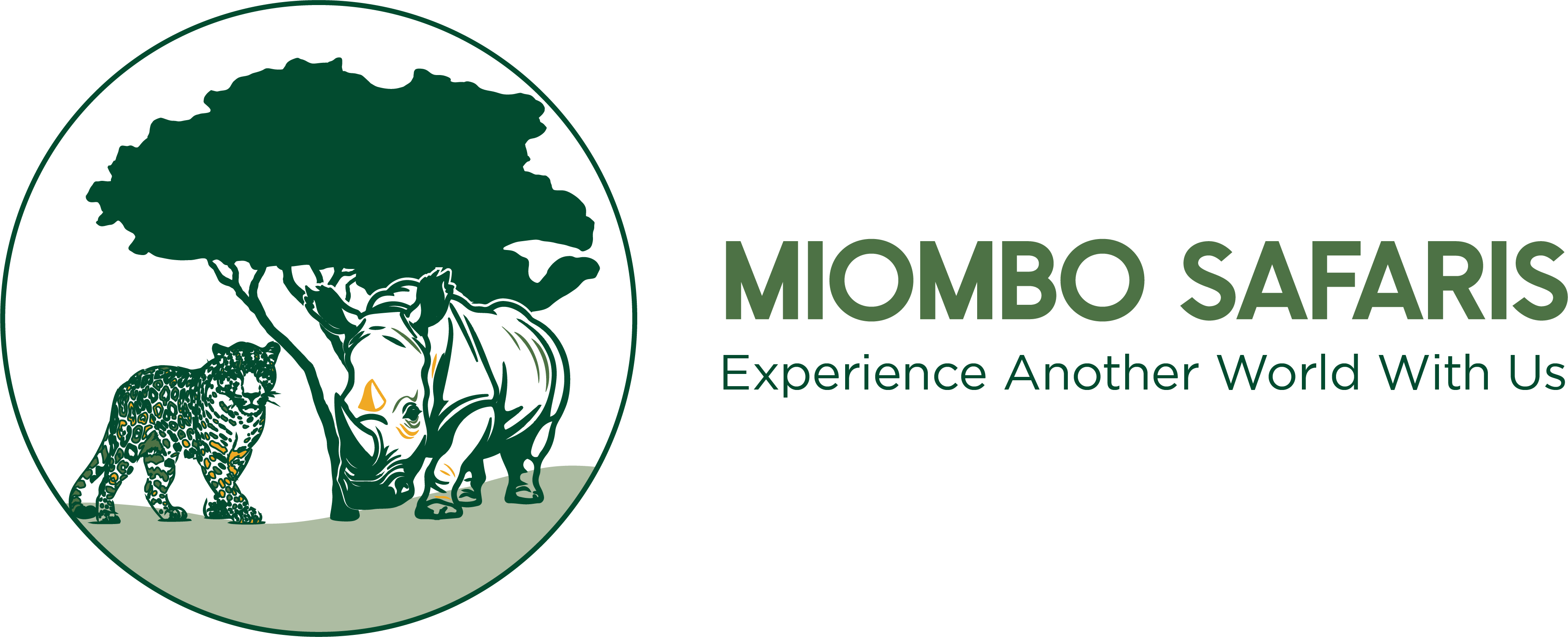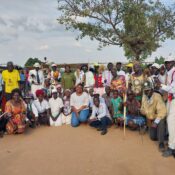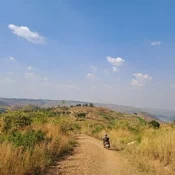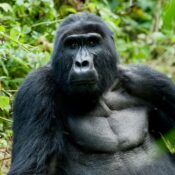Your Guide On When To Do A Uganda Safari
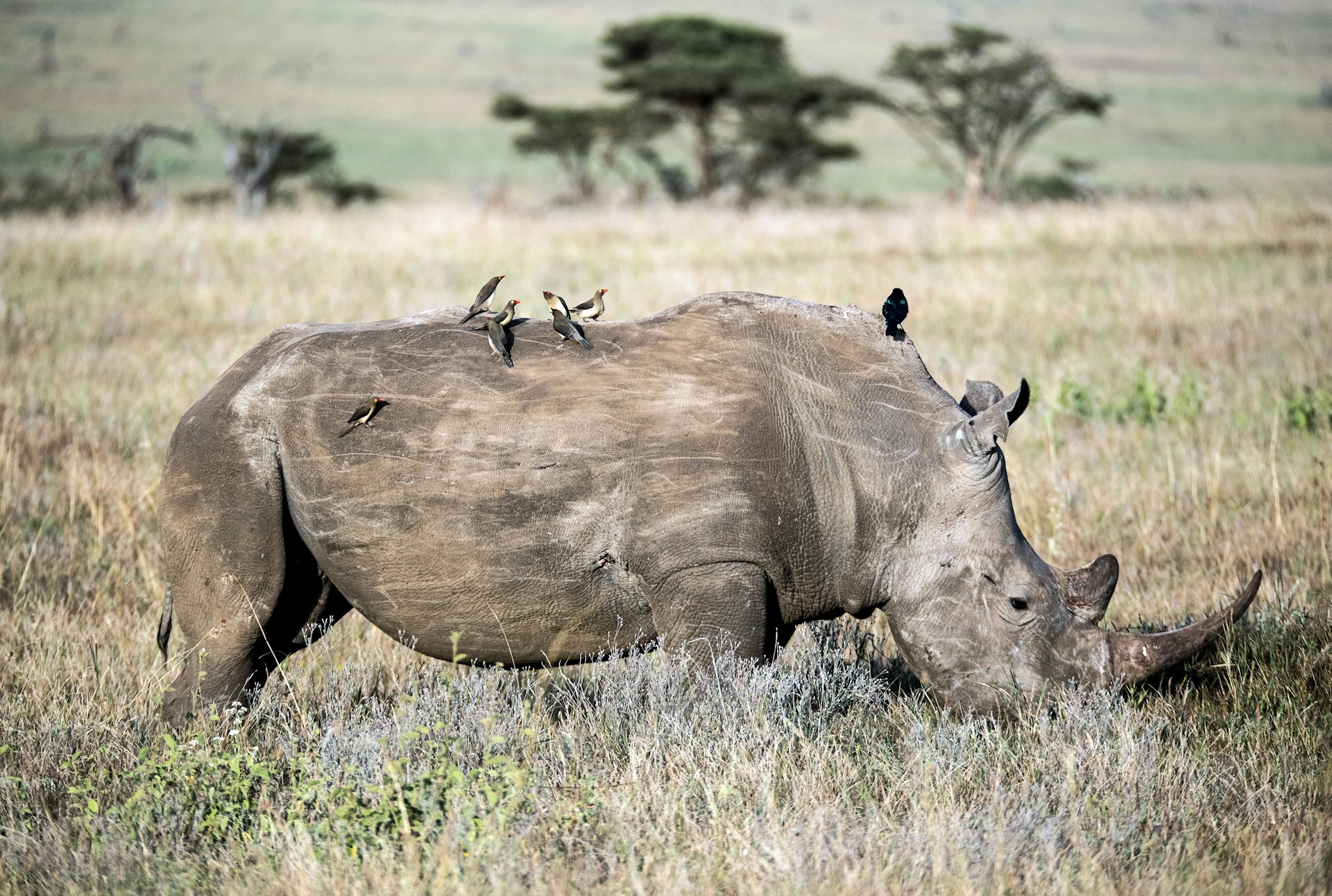

Your Guide On When To Do A Uganda Safari
From the lush forests teeming with wildlife to the majestic mountains that are home to endangered gorillas, Uganda offers a diverse and captivating safari destination – but when is this best time to do a Uganda safari?
In this comprehensive guide, we will delve into the various seasons in Uganda, highlighting the optimal times for game viewing, gorilla trekking, and exploring the country’s natural wonders. Whether you’re a wildlife enthusiast, a nature lover, or an adventure seeker, this guide will help you plan the ultimate Uganda safari experience.
Understanding Uganda: An Overview of the Country and Its Wildlife
Uganda, located in East Africa, is a country known for its incredible biodiversity and natural beauty. With a mix of savannahs, forests, and mountains, Uganda offers a diverse range of habitats that support a rich array of wildlife.
Geography and Climate
Uganda is bordered by several countries including Kenya, South Sudan, Rwanda, Tanzania, and the Democratic Republic of Congo. The country’s geography is characterized by the vast expanse of Lake Victoria, the source of the Nile River, as well as the Rwenzori Mountains and the Virunga Mountains.
The climate in Uganda is generally tropical, with temperatures ranging from 25 to 30 degrees Celsius (77 to 86 degrees Fahrenheit) throughout the year. The country experiences two main rainy seasons, from March to May and from September to November, although rainfall patterns may vary in different regions.
Wildlife and Biodiversity
Uganda is home to an impressive array of wildlife, making it a top safari destination. The country boasts over 10 national parks and reserves, each offering unique ecosystems and opportunities for wildlife encounters.
One of the most iconic species found in Uganda is the mountain gorilla. The Bwindi Impenetrable National Park and the Mgahinga Gorilla National Park provide a sanctuary for these endangered primates, offering visitors a chance to observe them in their natural habitat.
In addition to gorillas, Uganda is also home to the “Big Five” game animals, including elephants, lions, leopards, buffalos, and rhinos. National parks such as Murchison Falls National Park, Queen Elizabeth National Park, and Kidepo Valley National Park provide excellent opportunities for game drives and wildlife sightings.
Other notable wildlife in Uganda includes chimpanzees, giraffes, zebras, hippos, crocodiles, and a wide variety of bird species. The country’s diverse ecosystems support a thriving biodiversity, making it a paradise for nature enthusiasts and wildlife photographers.
Conservation Efforts
Uganda is committed to conservation efforts to protect its unique wildlife and ecosystems. Various organizations and initiatives work together to preserve the country’s natural heritage and promote sustainable tourism practices. These efforts include anti-poaching measures, habitat restoration, community-based conservation projects, and responsible tourism guidelines.
By visiting Uganda and supporting responsible tourism practices, travelers can contribute to the conservation of the country’s wildlife and help ensure its preservation for future generations.
Understanding the geography, climate, wildlife, and conservation efforts in Uganda provides a solid foundation for planning an unforgettable safari experience in this remarkable country. In the following sections, we will explore the best time to visit Uganda for specific safari activities and delve into the details of each season to help you make informed decisions and create a truly memorable adventure.
When to Visit Uganda for a Safari
Planning the timing of your Uganda safari is crucial to ensure the best possible wildlife sightings and overall experience. The country offers a range of activities and attractions throughout the year, each with its own highlights and considerations. In this section, we will explore the best times to visit Uganda for game viewing, gorilla trekking, and the different safari seasons.
Best Time for Game Viewing
To maximize your chances of spotting a wide variety of wildlife, including the “Big Five” and other iconic species, it is recommended to visit Uganda during the dry seasons. The dry season typically occurs from December to February and from June to September.
During this time, the vegetation is less dense, making it easier to spot animals in the national parks. The wildlife tends to gather around water sources, providing excellent opportunities for game drives and boat safaris. The dry season also offers pleasant temperatures, making it more comfortable for outdoor activities.
Best Time for Gorilla Trekking
Gorilla trekking is one of the main highlights of a Uganda safari. To have the best chance of encountering these magnificent creatures in their natural habitat, it is recommended to plan your visit during the dry seasons, which are also the peak tourist seasons.
The dry seasons from December to February and from June to September offer more stable weather conditions and easier hiking conditions in the mountainous forests. However, it’s important to note that gorilla trekking permits are limited and in high demand, so it is advisable to book well in advance.
Peak and Off-peak Safari Seasons
Uganda experiences peak tourist seasons, where visitor numbers are higher, and off-peak seasons, which offer fewer crowds and potentially more affordable prices. Understanding the differences between these seasons can help you decide when to plan your safari.
The peak tourist seasons in Uganda are generally during the dry seasons, from December to February and from June to September. During these times, the weather is favorable, wildlife sightings are excellent, and various attractions and accommodations may be fully booked.
The off-peak seasons, which are the wet seasons from March to May and from October to November, offer their own unique advantages. While there may be occasional rain showers, the landscapes are lush and vibrant, and the parks are less crowded. Additionally, some lodges and tour operators may offer discounted rates during this time.
Considering your preferences for weather, wildlife sightings, and crowd levels, you can choose the best time to visit Uganda for your safari adventure. In the following sections, we will delve deeper into what you can expect during different safari seasons in terms of wildlife sightings, weather conditions, and visitor traffic.
What to Expect During Different Safari Seasons
Understanding what to expect during different safari seasons in Uganda is essential for planning your trip effectively. Each season offers unique experiences in terms of wildlife sightings, weather conditions, and visitor traffic. In this section, we will explore what you can expect during the different safari seasons in Uganda.
Wildlife Sightings in Different Seasons
The dry seasons, from December to February and from June to September, are considered the best times for wildlife sightings in Uganda. During these periods, the vegetation is less dense, making it easier to spot animals in their natural habitats. The wildlife tends to congregate around water sources, providing excellent opportunities for game viewing.
In the dry seasons, you can expect to encounter the “Big Five” game animals, including elephants, lions, leopards, buffalos, and rhinos. Other notable wildlife species such as giraffes, zebras, antelopes, hippos, and crocodiles are also commonly seen.
During the wet seasons, from March to May and from October to November, the landscapes become lush and green. While wildlife sightings may be slightly more challenging due to the denser vegetation, the wet seasons offer their own unique experiences. The birdlife in Uganda is particularly abundant during these times, with migratory birds visiting the country. Additionally, the wet seasons are a great time to witness the birthing season for various animal species.
Weather Conditions Throughout the Year
Uganda’s weather is generally characterized by a tropical climate, with temperatures averaging between 25 to 30 degrees Celsius (77 to 86 degrees Fahrenheit) throughout the year. However, weather conditions can vary depending on the season.
The dry seasons, from December to February and from June to September, offer pleasant temperatures and lower humidity levels, making it comfortable for outdoor activities. Daytime temperatures can reach around 30 degrees Celsius (86 degrees Fahrenheit), while nights are generally cooler.
During the wet seasons, from March to May and from October to November, rainfall is more frequent. Rain showers can occur, but they are usually short-lived and followed by clear skies. It is advisable to pack rain gear and be prepared for occasional showers during these seasons. The wet seasons also tend to be less hot and humid compared to other regions closer to the equator.
Visitor Traffic in Peak and Off-peak Seasons
The peak tourist seasons in Uganda, which are the dry seasons from December to February and from June to September, attract higher numbers of visitors. This means that popular attractions, accommodations, and gorilla trekking permits may be in high demand, so it is advisable to book in advance.
The off-peak seasons, which are the wet seasons from March to May and from October to November, experience fewer crowds. This can result in a more intimate safari experience, with fewer visitors in the national parks and reserves. Additionally, some lodges and tour operators may offer discounted rates during these seasons.
Considering your preferences for wildlife sightings, weather conditions, and crowd levels, you can choose the safari season that best aligns with your expectations and priorities. In the next section, we will explore how to plan your Uganda safari, including choosing a safari package, preparing for your trip, and important safety tips.
How to Plan Your Uganda Safari
Planning a Uganda safari requires careful consideration and attention to detail to ensure a smooth and enjoyable trip. In this section, we will guide you through the essential steps of planning your Uganda safari, including choosing a safari package, preparing for your trip, and important safety tips.
Choosing a Safari Package
When planning your Uganda safari, one of the first steps is to choose a safari package that suits your preferences and interests. There are various tour operators and travel agencies that offer a range of packages, from budget-friendly options to luxury experiences.
Consider the duration of the safari, the destinations you want to visit, the activities you wish to participate in, and your budget. Popular destinations for safaris in Uganda include Bwindi Impenetrable National Park for gorilla trekking, Murchison Falls National Park for game drives, and Queen Elizabeth National Park for wildlife viewing.
Research different tour operators, read reviews, and compare prices to find a reputable and reliable company that can tailor a safari package to your specific needs.
Preparing for Your Safari
Once you have chosen your safari package, it’s important to make necessary preparations to ensure a smooth and enjoyable trip. Here are some key considerations:
- Obtain necessary travel documents: Check visa requirements and ensure you have a valid passport with at least six months’ validity.
- Vaccinations and health precautions: Consult with a healthcare professional to determine the required vaccinations for Uganda. Malaria is prevalent in the country, so take necessary precautions such as taking anti-malarial medication and using mosquito repellent.
Pack appropriate clothing and gear: Pack lightweight, breathable clothing for warm weather, but also include some warm layers for cooler evenings. Don’t forget to pack comfortable walking shoes, a hat, sunscreen, insect repellent, and a good quality camera for capturing memorable moments.
Plan your itinerary: Work with your tour operator to create a detailed itinerary that includes activities, accommodation, transportation, and meal arrangements. Ensure that you have ample time for rest and relaxation between activities.
- Travel insurance: It is highly recommended to purchase comprehensive travel insurance that covers medical emergencies, trip cancellations, and lost luggage.
Safety Tips
Uganda is generally a safe destination for travelers, but it’s important to take necessary precautions to ensure your safety and well-being. Here are some safety tips to keep in mind:
Follow the guidance of your tour guide or park rangers at all times.
Respect wildlife and maintain a safe distance. Do not approach or provoke any animals.
Stay hydrated and carry bottled water with you during activities and game drives.
Use reputable and licensed tour operators and guides.
Be cautious of your belongings and avoid displaying expensive items.
- Follow local customs and traditions, and be respectful of local communities and their culture.
By following these planning tips and safety guidelines, you can ensure a memorable and safe Uganda safari experience. In the next section, we will explore other activities and attractions in Uganda that you can incorporate into your itinerary to enhance your overall adventure.
Other Activities and Attractions in Uganda
While a Uganda safari is undoubtedly the main highlight of your trip, there are plenty of other activities and attractions to explore in this captivating country. In this section, we will delve into some of the other experiences you can incorporate into your itinerary to make your Uganda adventure even more diverse and memorable.
Exploring Uganda’s Natural Landscapes
Uganda is blessed with breathtaking natural landscapes that are worth exploring beyond the national parks. Consider adding these destinations to your itinerary:
- Rwenzori Mountains: Embark on a trekking expedition to the Rwenzori Mountains, also known as the “Mountains of the Moon.” This UNESCO World Heritage Site offers stunning views, diverse flora and fauna, and challenging hiking routes.
- Lake Bunyonyi: Visit the picturesque Lake Bunyonyi, known as the “Place of Little Birds.” This serene lake is surrounded by lush green hills and offers opportunities for canoeing, swimming, bird-watching, and cultural visits to local communities.
- Sipi Falls: Discover the beauty of Sipi Falls, a series of stunning waterfalls nestled in the foothills of Mount Elgon. Enjoy hiking to the falls, witness the mesmerizing cascades, and interact with the local communities.
Experiencing Uganda’s Cultural Heritage
Immerse yourself in Uganda’s rich cultural heritage by exploring its vibrant traditions, music, dance, and local communities. Here are some cultural experiences to consider:
- Kampala City Tour: Explore the vibrant capital city of Kampala, visit historical sites, bustling markets, and vibrant neighborhoods. Discover the cultural diversity and architectural wonders of the city.
- Cultural Performances: Attend traditional music and dance performances, such as the captivating traditional dances of the Baganda tribe or the energetic performances of the Karamojong warriors.
- Community Visits: Engage with local communities and learn about their way of life, traditions, and crafts. Participate in activities such as basket weaving, drumming, or cooking traditional meals.
Other Adventure Activities in Uganda
For those seeking more adventure and adrenaline, Uganda offers a range of thrilling activities:
- White-water Rafting: Experience the exhilaration of white-water rafting on the Nile River. Navigate through rapids and enjoy the stunning scenery along the way.
- Chimpanzee Tracking: Explore the lush forests of Kibale National Park or Budongo Forest Reserve and embark on a chimpanzee tracking adventure. Observe these intelligent primates in their natural habitat.
- Bird-watching: With over 1,000 bird species, Uganda is a paradise for bird-watching enthusiasts. Explore birding hotspots such as Queen Elizabeth National Park or Mabamba Swamp and spot unique and rare bird species.
With these additional activities and attractions, you can enhance your Uganda safari experience and create a well-rounded itinerary that combines wildlife encounters, natural wonders, cultural immersion, and adrenaline-filled adventures. Remember to plan your time accordingly and consult with your tour operator to ensure a smooth transition between different activities and destinations.
Uganda offers a wealth of opportunities for an unforgettable safari adventure. By understanding the best time to visit, what to expect during different seasons, how to plan your trip effectively, and the additional activities and attractions available, you can create a comprehensive itinerary that caters to your interests and ensures an incredible journey through the diverse landscapes and wildlife of Uganda.
For your tailor-made Uganda safari, get in touch with the Miombo Safaris team today!
